Complete guide to rebates, discounts and incentives when buying an EV in Australia
The election of the Albanese Labor government has changed the landscape for the adoption of electric vehicles in Australia.
Our leaders in Canberra no longer deny the value of EVs and the veracity of climate change. Instead they recognise the former in dealing with the latter.
The evidence has been in the actions taken since the federal election in May and why we’ve added a new section to this guide covering off the Albanese government’s EV incentives and plans.
It joins updated guides to the actions already taken across the states and territories.
As our report shows, every scheme is different. In some states you save thousands, in others very little.
EV FAQ: All your questions on electric cars answered
EV CALENDAR: Every new electric car and SUV coming soon
SUV EV REVIEWS: All the electric SUVs you can buy now
CAR EV REVIEWS: All the electric cars you can buy now
While most of the strategies reflect an ambition to achieve net-zero carbon emissions by 2050, they do vary enormously in their scope.
There are direct and indirect financial incentives to buy an EV, commitments to populate government fleet with electrified vehicles, promises to grow the charging infrastructure and even attention paid to building codes. After all, ensuring new suburbs and buildings can cope with mass plug-in uptake is critical.
It’s not all assistance or encouragement. Road user charges are in-place in Victoria and planned in other places. It’s how treasury coffers will be kept supplied when EV sales rise and fuel excise reduces.
These strategies will also evolve over time as circumstances and governments change. So this is a dynamic document that will reflect that.
In other words, check back in regularly.
We’ve also provided links to each of the strategies. So click on them if you feel like some more in-depth reading.
Australia
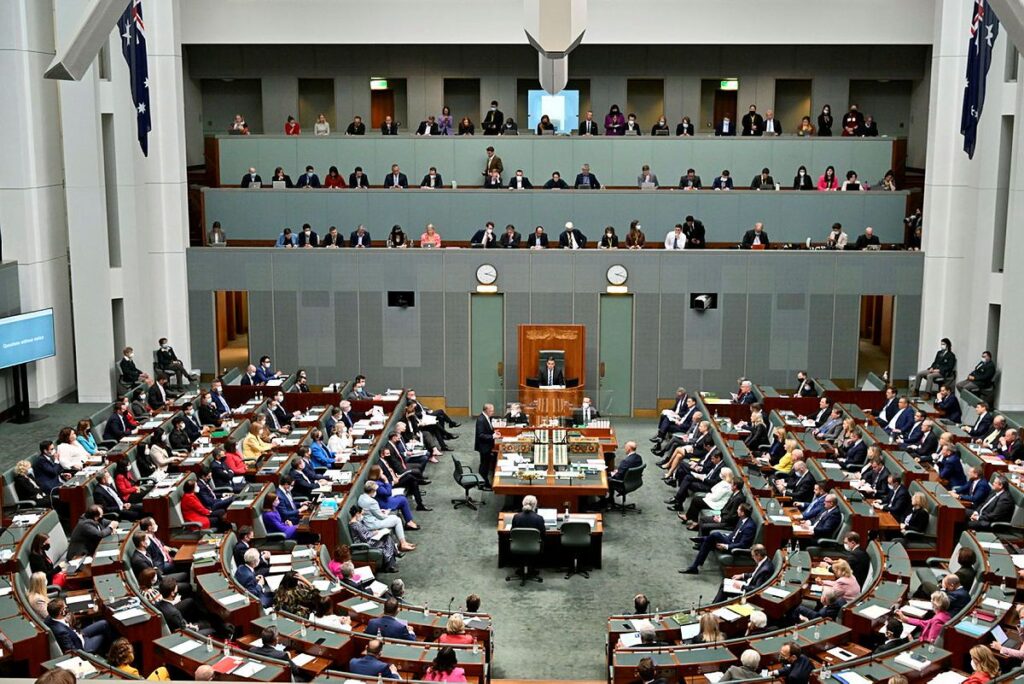
The Albanese federal government has made it clear it wants Australians to buy electric vehicles.
In November 2022 the Electric Car Discount Bill passed Parliament.
It includes a planned $500 million investment in EV charging infrastructure across the country.
It also makes EVs priced below the luxury car tax threshold and purchased after July 1 2022 eligible for FBT exemptions when leased through a business. The FBT exemption applies to battery electric vehicles until as well as plug-in hybrid electric vehicles (the latter only until April 1 2025).
The government has also promised to announce fuel efficiency standards by late 2023.
The standards are expected to provide CO2 emissions targets and penalise new cars that breach them.
Eventually, such a policy would lead to the phase-out of ICE altogether. The timing and details of the scheme are yet to be thrashed out.
The federal government has also made it clear it backs the reintroduction of vehicle manufacturing with a focus on EVs, be it components or whole vehicles.
NSW

EV rebate/discount: $3000 for first 25,000 EVs priced under $68,750 sold from September 1, 2021
Tax breaks: Stamp duty waiver for EVs under $78,000 (from September 1, 2021); all other EVs and plug-in hybrids from 1 July 2027 or when EVs make up at least 30% of new car sales
Registration discount: None
Infrastructure investment: $171 million investment in state-wide charging network
EV sales target: More than 50% of new cars sales by 2030, “vast majority of new cars sold by 2035”
Government fleet EV use: Goal to make all government passenger cars EV by 2030 “where feasible”
Road user charge: 2.5c/km charge for EVs and 2.0c/km for PHEVs from 2027 or when EVs/PHEVs/FCEVs reach 30% of new-vehicle sales
SUMMARY: Potential $5400 savings on the purchase of a new EV (depending on the purchase price) and the promise of a broader EV charging network
READ MORE: $490m NSW EV package
GOVT DETAILS: NSW electric vehicle strategy
Victoria

EV rebate/discount: $3000 rebate for EVs priced below $68,740 (excluding stamp duty, rego and CTP insurance) for 4000 vehicles in first round; more than 20,000 subsidies in total. However, the rebate ends on June 30, 2023.
Tax breaks: Luxury low-emission vehicles (including EVs) avoid Victorian luxury duty; from 1/7/21 potential savings are $1000 on a $100,000 car, $4200 for a $150,000 car, $9600 on a $200,000 car and $14,400 on a $300,000 car (they may sound like generous savings, but other states don’t have a similar luxury car duty.
Registration discount: $100 annual discount
Infrastructure investment: $19 million to accelerate rollout of EV charging infrastructure across regional Victoria
EV sales target: 50% of new light vehicle sales (passenger cars, utes and SUVs) by 2030
Government fleet EV use: Plans for 400 government cars to be EVs or FCEVs by 2023
Road user charge: 2.6c/km for EVs and 2.1c/km for PHEVs from 1 July 2022 to 30 June 2023; rates to be indexed annually
SUMMARY: $3000 rebates until June 30, 2023 with minor registration discounts to partially offset the controversial road user charge that makes Victoria the first in the world to slug EVs with a specific tax.
GOVT DETAILS: Victoria’s Zero Emissions Vehicle Roadmap
Australian Capital Territory
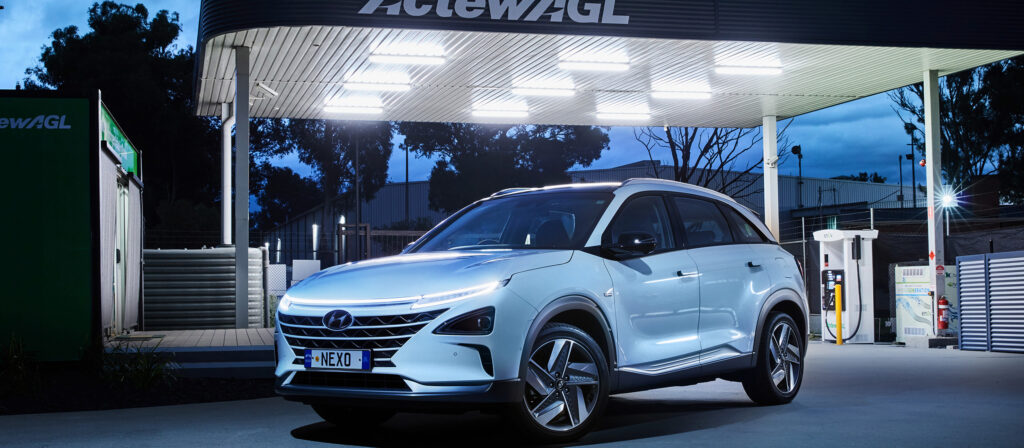
EV rebate/discount: Interest free loans up to $15,000
Tax breaks: Stamp duty waiver for all vehicles emitting under 130g CO2/km (including ICE, hybrid and EV). Potential savings range from $400 on a $40,000 fuel efficient car up to $5100 on a $100,000 thirsty SUV.
Registration discount: Two years free registration for EVs purchased before 30 June 2024; 20% annual ongoing discount to annual registration fees for EVs purchased before 1 May 2021
Infrastructure investment: Investing in 50 publicly accessible charging stations by mid-2022 and another 50 new public chargers after that; details to be announced late in 2021
EV sales target: The ACT government has declared its desire to end ICE sales by 2035
Government fleet EV use: All new ACT government fleet passenger vehicles (cars and SUVs) now EV or FCEV “where fit for purpose”
Road user charge: None
SUMMARY: One of the first movers (in 2014) that has proven modest incentives can spur EV sales; $450-$5100 savings on new EVs under $100K and two years of free rego.
GOVT DETAILS: ACT’s Transition to Zero Emissions Vehicles action plan
Queensland
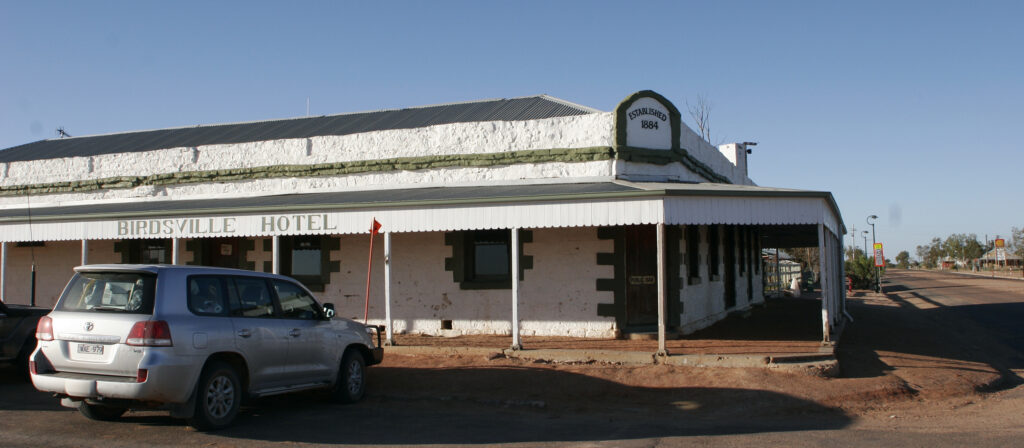
EV rebate/discount: $3000 rebates on EVs up to $58,000 (excluding stamp duty and registration charges). Households earning less than $180,000 can get a larger rebate of $6000 on EVs priced up to $68,000 (again, exclusive of stamp duty and registration).
Tax breaks: Hybrids and EVs pay lower stamp duty than cars powered purely by petrol, diesel or steam (yes, the Queensland government has covered itself off against a resurgence in steam-powered cars…). EVs up to $100,000 pay 2% duty, while those over $100,000 pay 4% duty. ICE vehicles pay between 3% and 6%, depending on their engine and price.
Registration discount: No
Infrastructure investment: Adding 18 new fast chargers to inland areas to complement the coastal-focused Queensland Electric Super Highway already up and running. EV chargers are planned for Charleville, Longreach and Mt Isa, among others
EV sales target: None
Government fleet EV use: Plans to have at least 288 EVs in the government fleet by 2022
Road user charge: Nothing announced
SUMMARY: Rebate doubled and cap lifted $10,000 in April 2023, but only for households earning less than $180,000; otherwise it’s a $3000 rebate on a $58,000 EV. There are also stamp duty discounts for EVs that could save a grand or two, as well as promises of a useful charging network in regional Queensland.
GOVT DETAILS: Development of Queensland’s Zero Emission Vehicle Strategy
$3000 Queensland rebate announced for EVs below $58,000
South Australia
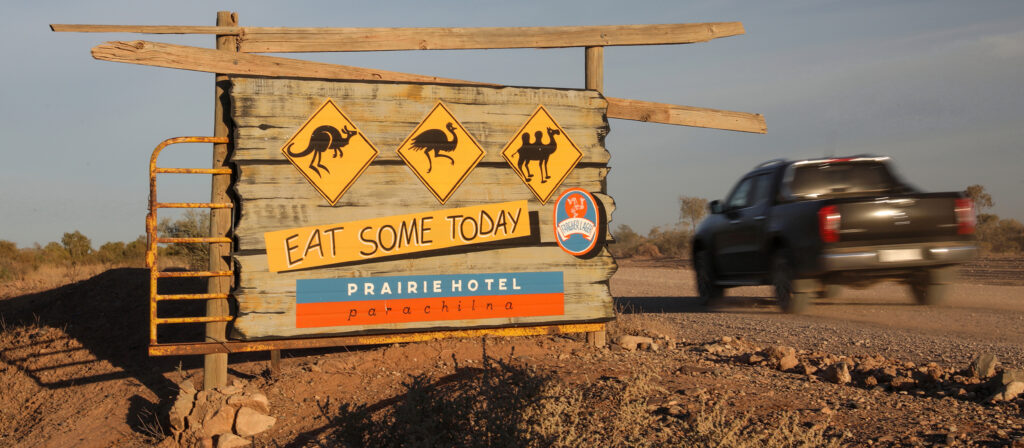
EV rebate/discount: $3000 for first 7000 EVs priced under $68,750 sold from October 28, 2021
Tax breaks: None
Registration discount: Three-year registration fee expemption for new battery electric vehicles and hydrogen fuel cell vehicles first registered between October 28, 2021 and up to June 30, 2025
Infrastructure investment: A $2000 subsidy for installation of smart chargers for up to 7500 households has been canned. State-wide charging network planned by 2025
EV sales target: 100 percent of passenger cars (including SUVs, but excluding utes and commercial vehicles) by 2035
Government fleet EV use: Full electrification (EV or PHEV) of government fleet by 2030 unless vehicles are “not fit-for-purpose, cost effective or cannot be integrated through further fleet efficiencies”
Road user charge: A proposed 2027 road user charge has been ditched by the new Labor government.
SUMMARY: Proposed plan puts South Australia on-par with other states, but is yet to pass parliament.
GOVT DETAILS: Incentives for electric vehicles
Tasmania

EV rebate/discount: None
Tax breaks: Stamp duty waiver on EVs until 1 July, 2023. Tasmania charges a 4% duty on vehicles, so potential savings range from $1600 on a $40,000 EV up to $12,000 on a $300,000 EV.
Registration discount: None for private buyers, two years free registration for rental cars
Infrastructure investment: Up to $600K of grants available for charging installation as part of the ChargeSmart program; up to $2500 grants for AC destination chargers and up to $50,000 grants for DC fast chargers
EV sales target: None
Government fleet EV use: Targeting a wholly EV fleet by 2030, which includes commercial vehicles and utes
Road user charge: No
SUMMARY: Potentially generous stamp duty rebates aren’t backed up by meaningful incentives elsewhere, but at least you know you’ll be charging on renewable electricity!
GOVT DETAILS: Tasmania EV uptake fact sheet
Western Australia
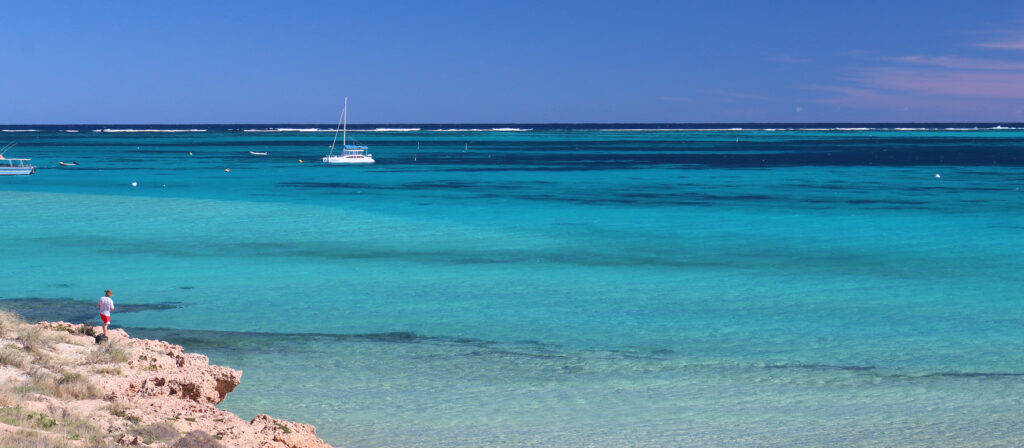
EV rebate/discount: $3500 on the first 10,000 EVs priced below $70,000
Tax breaks: None
Registration discount: None
Infrastructure investment: Plans for EV charging network from Kununurra in the north (near the NT border) down the coast to Perth and to Esperance in the south as well as the mining centre of Kalgoorlie
EV sales target: None
Government fleet EV use: Targeting 25% of government fleet by 2026, however that excludes large SUVs, utes and other commercial vehicles
Road user charge: Planned for introduction in 2027.
SUMMARY: Decent EV charging plans for what is a big state was matched in May 2022 with the most generous rebates on sub-$70K EVs.
GOVT DETAILS: Western Australia Electric Vehicle Strategy and the WA Electric Vehicle Action Plan
Northern Territory

EV rebate/discount: None
Tax breaks: $1500 stamp duty discount on new and used EVs from July 2022 until July 2027
Registration discount: Free registration for EVs from July 2022 until July 2027
Infrastructure investment: Acknowledgement there is “a need to plan ahead for charging infrastructure” and that the government needs to play a role; grants program planned from 2021 to 2026. At least 400 EV chargers currently being installed at NT government buildings
EV sales target: None
Government fleet EV use: Currently 4 PHEVs on government books, plans for 200 EVs by 2030
Road user charge: “Considering options”
SUMMARY: Decent $1500 up-front saving continues to give with free rego until 2027.
READ MORE: Northern Territory EV incentives receive widespread support
GOVT DETAILS: Northern Territory electric vehicle strategy

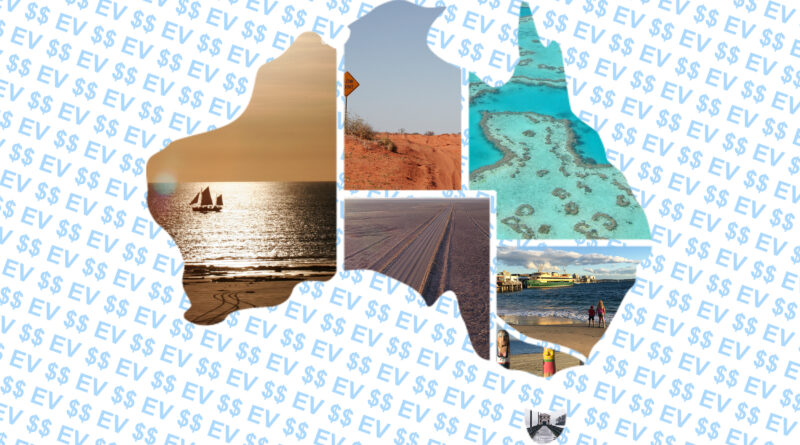
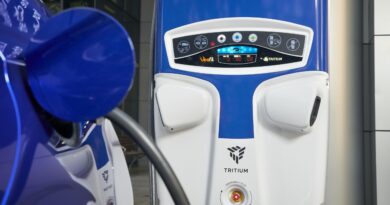
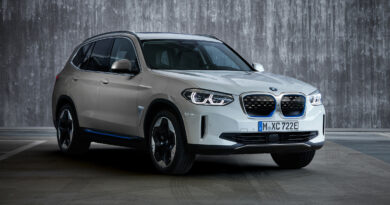
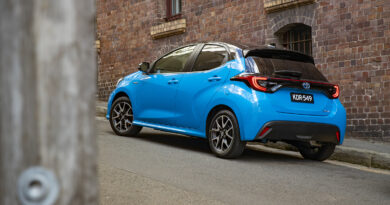
Western Australian vehicle registration is by weight.
So, an EV or PHEV that has a ICE sibling will always cost MORE to register.
So, I guess that means you’d have to list;
‘Registration discount: Negative’
It SHOULD cost more to register an EV than it’s ICE sibling as it’s heavier and does more damage to the roads, in the same way that it costs more to register a 2.5 tonne 4WD than a Fiat 500.
WA does have a road user charge coming in in 2027
To tell the truth, I am so glad that Australia passed an important electric car landmark in July 2021 and that this country is moving in such a good direction because, in my opinion, using electric cars is a great contribution to making a sustainable future closer. From my point of view, it is reasonable to invest money in electric cars because they have a great deal of advantages over ordinary vehicles. It is so cool that you shared such a detailed guide to discounts when buying an EV in Australia because it is really important to have a clear view of all these moments in order to make a truly profitable purchase, meeting all your needs. Also, I think that it is necessary to thoroughly examine and consider all aspects connected with purchasing an electric car in Australia in order to be confident in your decision afterwards without facing a lot of difficulties.
According to the respective Government website, Queensland’s rebates do NOT cover electric motorcycles, such as those made by Australian manufacturer Fonzarelli…
“We want to encourage electric vehicle uptake, but we’re going to exclude the ‘affordable’ option. If you want to purchase an electric vehicle, you need to spend $45,000+ like all of the other rich folks!”
They do realize that $45,000 is actually out of reach for a LOT of people, right? And they wonder why the uptake is so slow in Australia…